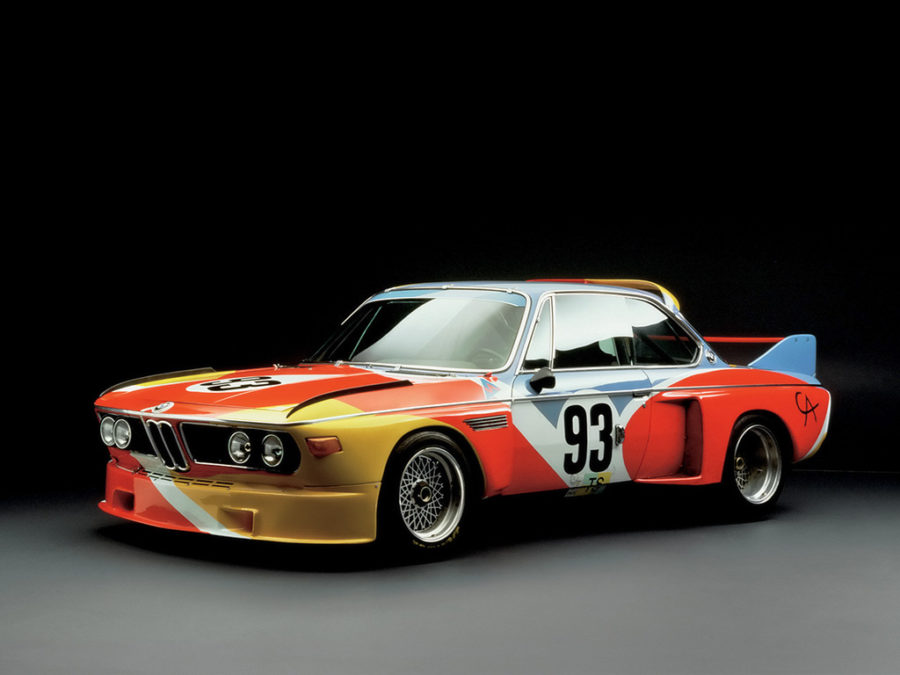1975 BMW 3.0 CSL
The first time a BMW was transformed into a work of art was 1975. Alexander Calder was inspired by the French auctioneer and racing driver, Hervé Poulain, to produce the first ever BMW Art Car. The US artist only used primary colours and distributed them in broad swathes across the paintwork of the BMW 3.0 CSL. The use of differing colours within the individual elements of the car’s structure adds to the illusion of movement within the picture as a whole.
Back then the fact that a car was being presented as a work of art was a sensation in itself. The greater sensation was that the selfsame 480 PS BMW was then entered for the 24-hour race in Le Mans. The world’s first BMW Art Car was also one of Calder’s last works of art as he died the same year it was unveiled.
Gallery
Click any image below for larger view
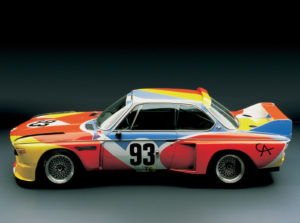
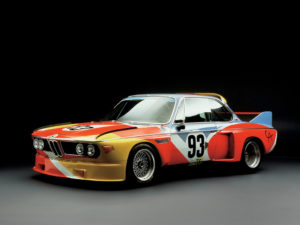
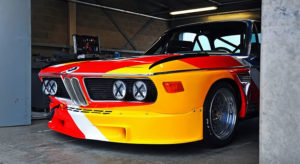
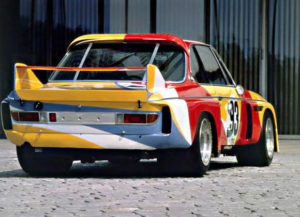
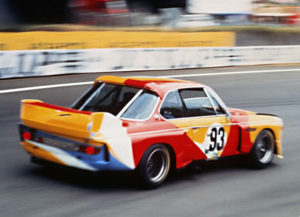
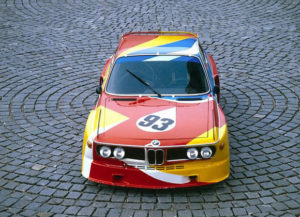
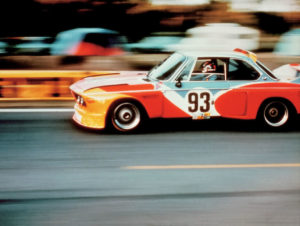
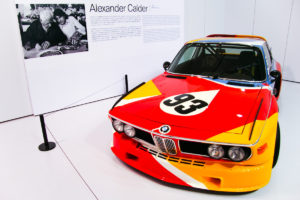
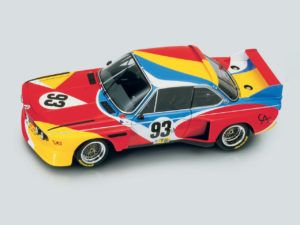


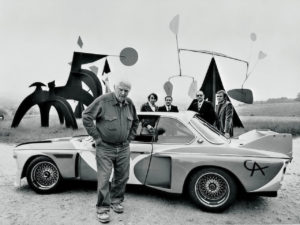
Alexander Calder | USA
Born in 1898 in Philadelphia, Alexander Calder started out as an engineer. But then he was overcome by the hereditary urge to follow in the footsteps of his father and grandfather, both of whom were sculptors. At the age of 25, Calder attended courses held by the “Art Student League.”
Three years later he journeyed to Paris, where he came into contact with the avant-garde scene. Drawn to art as to technology, he developed an entirely different style of sculpture. His often huge pieces have a buoyant, hovering effect, are painted in daring primary colors and are to a large extent mobile.
His well-known works of abstract art entitled “Mobiles” were in the eyes of many the most innovative American sculptures of the 20th century. After staging a series of successful exhibitions in Europe and the USA, Calder moved to Saché in France in 1956. He died in New York in 1976.
1975 BMW 3.0 CSL
- 6-cylinder inline engine
- 4 valves per cylinder
- Twin overhead camshafts
- Displacement: 3,210 cc
- Power output: 480 bhp
- Top speed: 291 km/h
Alexander Calder and the BMW Art Car
The BMW with which Alexander Calder initiated the Art Car series in 1975 was one of the last works he produced before his death. It was also to be one of the most interesting. In painting a real racing car, Calder had the opportunity of working with a true-to-life medium which at the same time offered new scope for playing with color and shape in motion.
As early as 1973, he had done something similar by painting a passenger jet of Braniff South American Airlines. Nevertheless, the “Art Car” experiment represented an unusual challenge: a sculptor – who is normally accustomed to producing shapes of his own – coming to terms with existing technology by attempting to stamp his own inimitable character on it.
“Where everything is already perfect, there can be no fulfillment.”
— Alexander Calder
He achieved this by breaking free of the formal restraints imposed by the automobile. In “defacing” the car, Calder did not orient his art to the streamlining of its body, but subjected it instead to his own artistic style. As with his sculptures and mobiles, he returned to powerful colors and attractive curving expanses which he applied generously to the wings, hood and roof. Alexander Calder was also present at the Le Mans 24-Hour Race as a guest to witness his work’s premiere.
The Art Car designed by Alexander Calder was driven in the 1975 Le Mans 24-Hour Race by the American Sam Posey and the Frenchmen Jean Guichet and Herve Poulain. This was the first and only occasion on which this automobile was to take part in the race. After seven hours, the car had to retire due to a damaged drive shaft, and has been an exhibit ever since.
